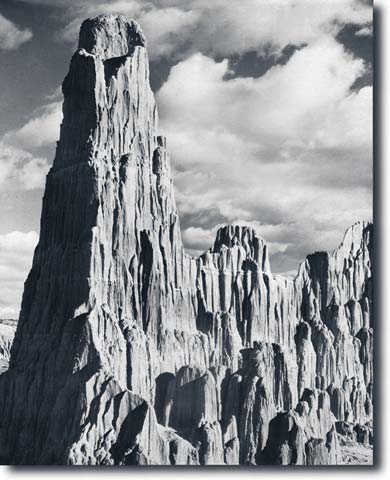
Several decades ago, during a heavy storm in eastern Montana, a traffic officer, snow-bound, was unable to contact his headquarters by radio. He did succeed, however, in reaching an amateur operator in Maine who got in touch with a radio operator on a fishing boat in the Galapagos Islands west of Ecuador, who in turn contacted a radio station in the state of Washington. A telephone message was sent, and a rescue party hurried to the relief of the half-frozen officer.
In every age peoples have devised ways of sending and receiving messages, often over long distances. At the present time, due to wonderful scientific discoveries, the whole world is in high-tech communication. In former times other methods have been used, and more successfully than is generally supposed. During the days of the Roman Empire, for example, the far-flung territory was closely linked by a series of watch towers fitted for sending messages by smoke signals during the day and by fire at night. In this way messages could be quickly relayed, except in time of storm, from the Capitol to Britain or Gaul.
Many strange stories have come from Africa telling of the use of "drum talk," carried on for considerable distances by a series of drummers. According to some reports the language is such that the drum rhythm is able to reproduce the leading sounds well enough to convey an intelligible message.
Then there is the mystery which arose during the Sepoy uprising in India during the 19th century. At that time important information regarding troop movements and battles was spread rapidly over the country by some means which the British never were able to explain. The natives of distant villages often knew the result of a conflict before the military authorities themselves did. There appeared to be a transmission of thought itself rather than any verbal message.
When the actor William S. Hart was a boy on his father's farm in Minnesota, a remarkable example of thought communication occurred which is included in his autobiography, My Life East and West. In relating this incident, Mr. Hart tells of one evening during the time of the Custer Massacre when his father, instead of going home from the mill where he worked, asked his son to stay with him as some Native American friends were coming, to listen to the talk but not to interrupt.
Soon an old friend, "John," and a number of other Indians appeared. After smoking in silence they began to talk. Mr. Hart spoke of a trip he had made to the Dakotas and of the many Sioux friends he had found there. He mentioned the wish of Lone Bear, that "One day the Reds and the Whites would meet at the top of a high mountain, close to the roof of heaven."
Then John spoke and said that Lone Bear and most of the Indian men he had met had been attacked by soldiers while camped in the Bighorn country with their women and children, and were dead. Quoting directly from William Hart's book:
"John, how do you know this?" my father asked.
The Indian replied, "We know it one sleep after each fight."
"But," said my father, "there are no men posted to signal; the country is rough and with many mountains. How could you get this information so soon?"
John placed his hand upon my head, but he looked at my father, and then replied, slowly and impressively: "I will tell you. The Indians have a way of talking through the air — that is known only to a few of the older chiefs. No one is admitted to this inner circle until there is a vacancy caused by death. . . . We knew our warriors were crying loud in victory, but we also knew our women sang the death-song of the Sioux and Cheyenne. That is why our hearts have all been sad."
Far to the south, in Arizona, a Hopi Indian once asked me, "Why do you suppose the Indians of long ago built their stone houses high up on the mesa cliffs instead of down near the stream?"
"I do not know," I answered. "Tell me."
"Our elders lived there so they could talk with others scattered for many miles along the range. They lost the power when they began to quarrel among themselves and to neglect their sacred teachings."
Hints, fragments of an older and forgotten knowledge such as these, which can be found in every country, suggest that communication of thought which today is carried on through the elaborate equipment provided by science, may once have been simpler and more direct. It may even be that in depending too largely upon books and the art of writing, we have dimmed other faculties equally important.
(From Sunrise magazine, April/May 2006; copyright © 2006 Theosophical University Press)